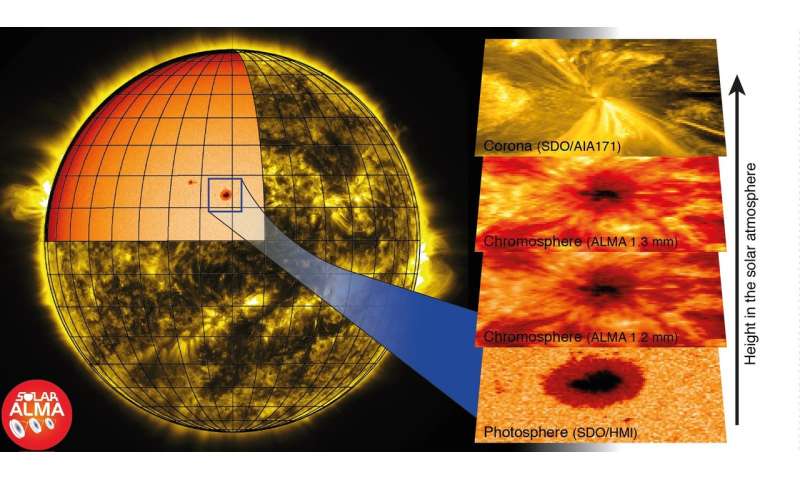

The main upper body of the filament (red), usually called the spine, stretches through the corona above the boundary between two opposite-polarity regions on the photosphere called a polarity inversion line (PIL). 13 As illustrated in the figure, the three chiralities are intimately related. Solar filaments-or prominences, as they’re called when they protrude over the edge of the solar disk-possess handedness or chirality, as do the channels they run through and the coronal-loop arcades overhead. Because Alfvén waves cause no plasma compressions, they can propagate in tenuous plasmas with virtually no energy losses. In addition, they can easily dissipate their burden of energy by forming sonic shocks that radiate strongly and generate heat. They also transport the momentum of their entrained plasma. Magnetic waves transport energy in proportion to the square of their amplitudes and to their propagation speed. In a nonideal plasma with finite electrical resistance, ion acoustic waves-sound waves that interact with the electromagnetic fields present-and other types of waves are possible. Because they combine longitudinal compression of the plasma and the transverse displacement of the lines of force, they propagate at an angle to the field lines. Magnetosonic waves are hybrids of sound waves and Alfvén waves. Alfvén waves travel at a speed that increases as the local plasma density decreases and as the magnetic field strength increases. The surrounding plasma wiggles along with field lines but it is not compressed as happens with sound waves. Alfvén waves are periodic transverse displacements of the lines of force. They are just sound waves, albeit in a gas of charged particles. Longitudinal plasma-density waves propagate at the local speed of sound in the direction of the field. Three types of waves are possible in an ideal plasma that has zero electrical resistance. Beyond it, the Sun’s magnetic fields and gravity are too weak to contain the plasma and it becomes the solar wind.When shaken by external forces, a bundle of magnetic field lines and the plasma filling them can develop traveling waves. Inside the corona, plasma is connected to the Sun. In December 2021, the Parker Solar Probe became the first spacecraft to encounter and sample the corona, at a distance of 8.2 million miles from the surface of the Sun. Space missions, such as NASA’s Parker Solar Probe, help us learn more about the Sun and the hidden corona. They use a special instrument called a coronagraph to view the corona and watch for solar flares. Astronomers study the corona to better understand how solar storms impact Earth. When there are solar flares from the corona, larger than normal amounts of energy interact with our atmosphere, causing disruptions to power grids and satellite communications. There is still much to be learned about the corona! Studying the Coronaīecause of the high temperatures in the corona, particles are moving at a high enough speed to escape the Sun’s gravity and travel through space as solar wind. Another idea is that solar tornadoes, which are giant vertical spirals of plasma that interact with the Sun’s magnetic field, could also lead to high coronal temperatures. It’s possible that millions of nanoflares, which are tiny explosions happening at the solar surface, are creating the energy that heats up the corona. Researchers aren’t sure exactly why the corona is so hot.

The corona is much hotter than the Sun's surface, about 1 million ☌ compared to 5,500 ☌ (9,940 ☏). Why is the Corona So Much Hotter Than the Surface of the Sun? The corona is wispy, white streamers of plasma (charged gas) that radiate out from the surface of the Sun. During a total solar eclipse, the corona briefly comes into view as the Moon blocks out the light from the solar surface. The surface of the Sun is far too bright to allow a glimpse of the much fainter solar atmosphere. Earth actually orbits within the atmosphere of a star! We Can’t Usually See the Corona The solar wind is really just an extension of the Sun's atmosphere that engulfs all of the planets. It extends many thousands of kilometers above the visible surface of the Sun, gradually transforming into the solar wind that flows outward through our solar system. The uppermost portion of the Sun's atmosphere is called the corona. The wisps of plasma are typically hidden by the brightness of the Sun’s surface. The Sun’s corona is visible during a total solar eclipse.


 0 kommentar(er)
0 kommentar(er)
